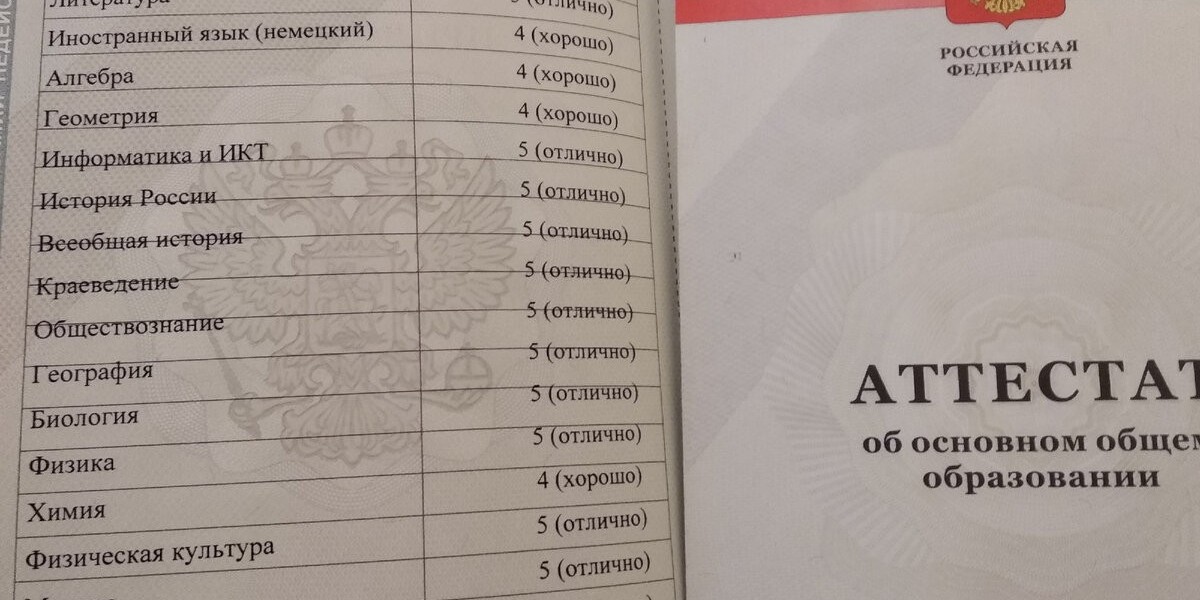In high-risk industries, ensuring process safety is critical to preventing accidents and maintaining operational efficiency. The IACP has established itself as a leader in providing globally recognized safety certifications that empower professionals to enhance workplace safety. One of the most effective methodologies for identifying and mitigating process hazards is the Hazard and Operability Study (HAZOP). Through IACP's specialized training, professionals gain the expertise needed to implement HAZOP effectively, ensuring risk-free operations.
The IACP plays a key role in equipping safety professionals with the skills necessary to carry out structured risk assessments. This article explores how IACP-certified professionals can achieve process safety excellence through HAZOP methodologies, risk identification strategies, and best practices in hazard management.
Understanding HAZOP in Process Safety
HAZOP is a structured and systematic technique used to identify potential hazards in industrial processes. It is a critical component of process safety and is widely utilized in industries such as oil and gas, chemical manufacturing, and pharmaceuticals. By conducting a HAZOP study, organizations can proactively address risks before they lead to catastrophic failures.
1. Key Objectives of HAZOP
Identify potential process deviations that may lead to hazards
Assess the consequences of identified hazards
Implement corrective and preventive measures
Enhance overall workplace safety and regulatory compliance
2. The Importance of HAZOP in High-Risk Industries
Industries dealing with hazardous materials and complex processes must ensure that risks are minimized to protect workers, assets, and the environment. HAZOP helps in achieving:
Early detection of design flaws
Reduction in operational risks
Compliance with international safety standards
The Role of IACP in Process Safety Certification
The International Association of Certified Professionals offers specialized certifications in process safety, equipping professionals with advanced knowledge of hazard assessment techniques like HAZOP. By enrolling in an IACP-certified course, individuals gain practical expertise in risk evaluation, hazard control measures, and regulatory compliance.
1. Benefits of IACP Certification in Process Safety
Recognition as a qualified safety professional
Enhanced career prospects in high-risk industries
Mastery of HAZOP and other risk assessment techniques
Increased credibility in workplace safety management
2. Why Choose an IACP-Certified HAZOP Training Program?
Industry-aligned curriculum with real-world case studies
Experienced instructors with global safety expertise
Hands-on training sessions for practical implementation
Certification recognized by employers worldwide
Conducting an Effective HAZOP Study
A well-structured HAZOP study involves a step-by-step approach to identify and mitigate process hazards. Here’s a breakdown of the methodology:
1. Steps in a HAZOP Study
1.1 Forming the HAZOP Team
Assemble a multidisciplinary team including process engineers, safety professionals, and operations personnel.
Ensure the team has adequate knowledge of the process being analyzed.
1.2 Defining the Scope of the Study
Identify the process or system to be analyzed.
Establish clear objectives for hazard identification.
1.3 Breaking the Process into Nodes
Divide the entire process into manageable sections or nodes.
Focus on each node separately to ensure a thorough assessment.
1.4 Identifying Deviations Using Guide Words
Utilize standard guide words such as "No," "More," "Less," and "Reverse" to explore potential deviations.
Assess the impact of these deviations on process safety.
1.5 Assessing Risks and Consequences
Determine the severity and likelihood of each identified deviation.
Implement preventive measures to reduce risks.
1.6 Documenting Findings and Implementing Recommendations
Maintain detailed records of the study for future reference.
Ensure that recommended safety measures are implemented effectively.
Best Practices for Process Safety Excellence
To achieve IACP-certified process safety excellence, organizations should adopt the following best practices:
1. Implementing a Safety Culture
Foster a workplace culture that prioritizes safety and proactive risk management.
Encourage open communication about potential hazards.
2. Regular Training and Certification
Enroll employees in International Association of Certified Professionals training programs.
Conduct refresher courses to ensure ongoing competency.
3. Conducting Frequent Risk Assessments
Perform periodic HAZOP studies to identify new risks.
Use updated methodologies and tools for hazard analysis.
4. Ensuring Compliance with Regulatory Standards
Adhere to industry regulations and safety laws.
Maintain proper documentation for compliance audits.
Conclusion
Process safety excellence is a continuous commitment that requires structured hazard analysis and proactive risk management. Through IACP-certified HAZOP training, professionals gain the expertise to identify, assess, and mitigate process risks effectively. The International Association of Certified Professionals ensures that certified individuals are equipped with industry-leading knowledge, making workplaces safer and more efficient.
By choosing an IACP-certified path, organizations can drive operational excellence, enhance regulatory compliance, and create a risk-free working environment. Investing in process safety training is not just a regulatory necessity—it is a commitment to protecting lives and ensuring sustainable industrial operations.







